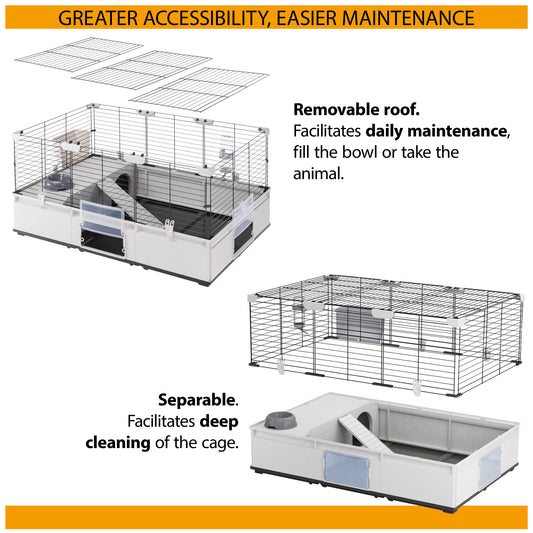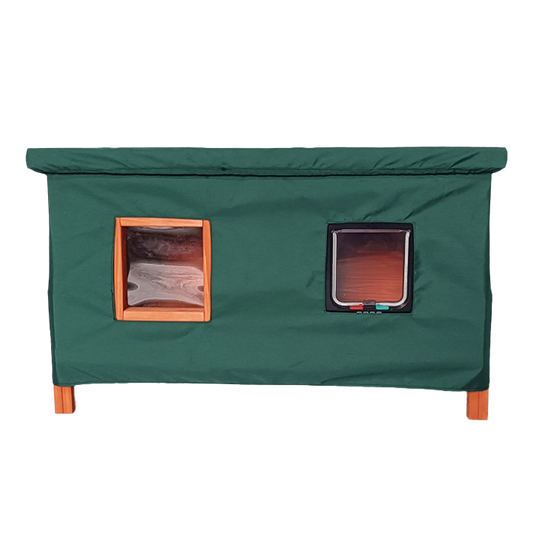Pet dogs no longer need to hunt to survive but most still have the innate ability and desire to do so. If a dog has a particularly strong urge to hunt, they are often referred to as having a high prey drive. The most common breed types with high prey drives include greyhounds, lurchers, collies and terriers – dogs that were originally bred for coursing game, herding livestock and catching vermin.
Dogs with high prey drives can provide an extra challenge for pet owners but by understanding the hunting mind you can learn to manage it so you can keep control of your hunter.
The thrill of the chase
If your dog wants to chase anything that moves it can make walks rather stressful. Cats lurking behind parked cars and squirrels scurrying up trees can cause a dog with a high prey drive to lunge in every direction, which could be hazardous to road users and other pedestrians, as well as causing a pulled muscle for whoever is on the other end of the lead. Dogs with a high prey drive that are exercised off lead are in danger of getting lost or injured if they take off in pursuit of prey. A dog caught up in a chase will be thinking of nothing else but their quarry so attempts at recall are likely to fall on deaf ears.
Safety first!
If you have a dog with a high prey drive you should keep them on lead when out and about for everyone’s safety and you’ll need to be constantly alert to what’s going on around you. It might even be a good idea to get your dog used to wearing a muzzle to prevent it from hurting other animals. If you train your dog positively with a muzzle they should happily accept wearing one when out and about.
A dog with a high prey drive shouldn’t be allowed to interact with other animals or young children without close supervision just in case.
How to stop your dog chasing other animals
Training is key here and it can take time to get control of a dog’s chasing instincts. It’s worth persevering with though to prevent your dog from accidentally hurting themselves or others. Here’s what to do:
- Work on good lead walking behaviour to minimise the amount of lunging your dog does. Go out armed with a pocket full of treats and periodically reward your dog for not pulling and for making eye contact with you.
- Teach your dog the ‘leave’ command. As soon as your dog sees something that they would like to chase, use the command ‘leave’ straight away and distract them with a tasty treat or toy. This rewards your dog for giving you their attention and you should start routinely doing this when you’re out on walks. Keep your dog on a lead while you do this until you are confident it is responding every time.
- Recall can be a difficult thing to teach a dog with a high prey drive as usually what they want to chase is much more exciting than anything you have to offer. However, with some especially tasty treats or a favourite toy you can get their attention when out and about. Call your dog’s name and immediately reward them with a treat or toy so they begin to associate the act of responding to their name with something positive. A long training lead is useful in these situations so you can give your dog a little more freedom but still take control of them if you need to.
- Keep your eyes open when out on a walk so that you can pre-empt any chasing opportunities. If you spot something before your dog does, distract them and request a sit in return for a treat. Keep eye contact with your dog to stop their gaze wandering in the pursuit of prey.
- A flirt pole is another great way to distract a dog by harnessing its natural hunting urges. A flirt pole looks like a larger version of a cat’s fishing rod toy and encourages a dog to chase the toy on the end of it, just as it would a prey animal.
Livestock chasing
It is a criminal offence to allow a dog to be out of control near livestock, and in some circumstances farmers are entitled to shoot dogs if they perceive the lives of their sheep to be in danger. Try to avoid fields in which livestock are grazing but if you can’t, keep your dog on a short lead and give the other animals as wide a berth as possible, walking quickly and calmly through the field. Carry a tasty treat or toy in your hand for your dog to focus on as this will take its attention away from the other animals.
If your dog somehow manages to get into a field of livestock, you should call your dog excitedly as you move away to encourage it to follow you. Don’t punish your dog when it returns but reward it for doing so, so that it builds a positive association with the recall.
If you enjoyed this article, you may be interested in:









